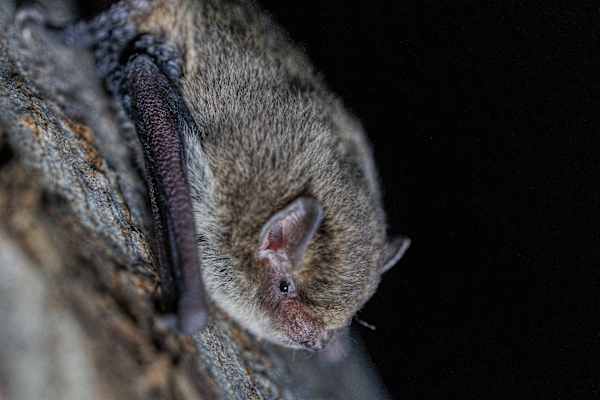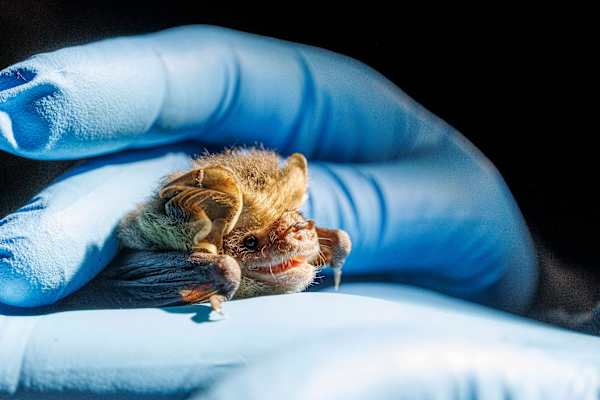Over the summer months I'm lucky enough to have microbats visit my yard. I have no idea where they spend the day roosting – in one of the tree hollows across the road? Someone’s shed? Under shedding bark of old growth trees? – but come dusk, they perform elaborate acrobatics seemingly at lightning speed, snatching insects on the fly.
You might have spotted them hunting under street lights, wheeling in and out of the brightness, there to catch any bugs attracted to the light.
But honestly, while I’m all in on team microbat when they’re dashing around in front of me, for most of the year, they don’t actually cross my mind and, as it turns out, they’re worth much more than a fleeting thought.
The Illawarra is home to about 15 to 20 species of microbats, with around eight of those species being threatened. And microbats have a huge role to play in our local environment, just like the larger bats such as the Grey-headed Flying Fox who cop a bit of flack for being noisy and smelly (note me side-eyeing my noisy, smelly dog sitting at my feet as I write).
I chatted to Dr Beth Mott, senior threatened species officer with the NSW Government conservation program Saving our Species, about why, and how, we should care for our local bats.
“Bats are the things that are changing the way we live,” Beth explained. “The megabats, of course, in terms of being amazing pollinators that support the forests that are around us, and the microbats because they are controlling the level of insects that are around the places that we live.”
“So if you don’t want to get eaten by mozzies at your next barbecue outdoors, you need to encourage microbats,” she said, with a laugh.
“They’re eating massive amounts so we’re talking about thousands of individual prey items every night per bat.”

As it happens, humans are the things that are changing the way microbats live too.
“Pet cats play a huge role in influencing whether bats stay in a place. They do eat microbats and it’s really important we keep our cats inside for their safety and to protect our wildlife,” Beth said.
“Light is a big part of this story and, of course, the more urban space we have, the more artificial light we are introducing into the environment.”
With artificial light comes behavioural change right across the animal kingdom. While governments work on introducing best lighting practices in newer suburbs, Beth suggests that at home we keep our outdoor lights directional, low intensity and warm colours.
“One of the things that is missing in the urban environment, is a space for bats to have a retreat …
"The best thing to do is to make sure we are protecting our vegetation, make sure we have a complex array of vegetation and that we are keeping our large, old trees because tree hollows and tree bark are a huge resource for microbats.”

The Secret Nightlife of an Urban Woodland is a delightful window into a some of the local species of microbats, including the threatened Large Bent Wing bat, which were caught during a recent bat survey conducted in the Illawarra
The Bats in Backyards program will be commencing in the Illawarra. Email the team at Saving Our Species if you’d like to be involved






